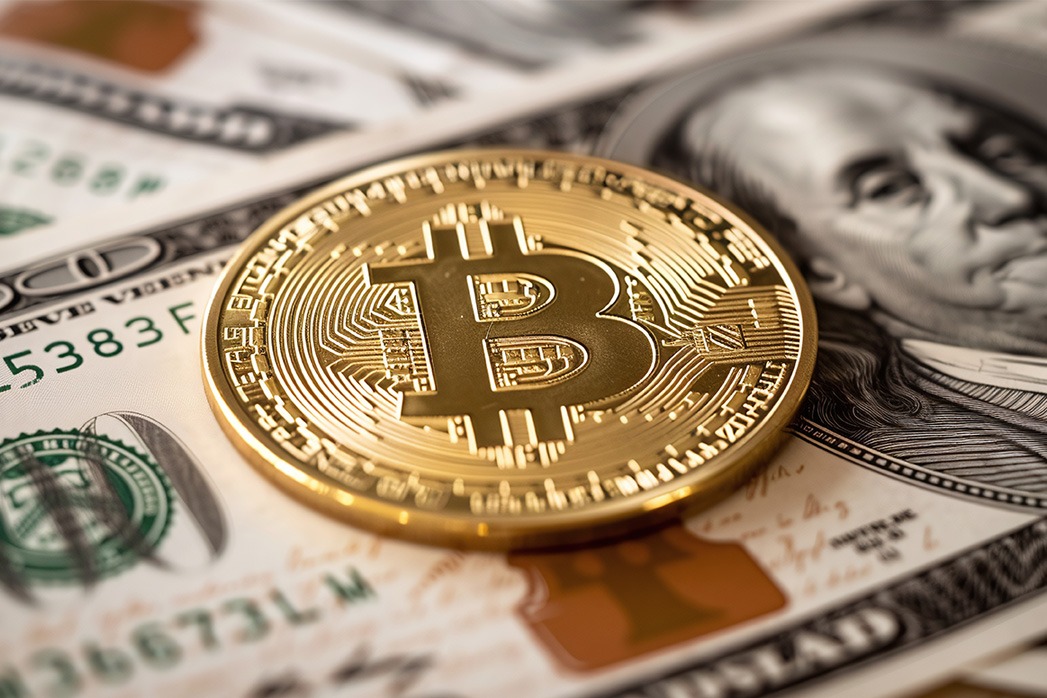Privacy, Surveillance & Money: Why Bitcoin’s Design Matters More Than Ever in a Digital-Everything World
“Bitcoin isn’t about secrecy. Bitcoin is about safety.” — DNA Crypto.
The future of finance is digital — but digital doesn’t always mean free.
Governments, banks, and payment platforms are rapidly building systems of programmable, trackable, and fully monitored money.
In this new paradigm, Bitcoin remains the only globally accessible system where privacy is the default, not the exception.
This isn’t just a debate about tech. It’s a question of freedom.
The Rise of Financial Surveillance
Today, nearly every financial system collects user data:
- – Banks
- – Card networks
- – Fintech apps
- – Digital wallets
- – Remittance services
Every swipe, tap, and send leaves a digital footprint — and that data is monetised, analysed, and increasingly used for compliance.
Central Bank Digital Currencies (CBDCs) take this further, introducing programmable controls and total visibility into financial activity.
This shift is not theoretical. It’s already underway.
Bitcoin’s Counterbalance
Bitcoin offers a radically different financial structure:
- – Open, peer-to-peer architecture
- – No identity or KYC requirements at the protocol level
- – No permission needed to transact
- – Transparent but pseudonymous ledger
- – Predictable issuance — no policy-driven inflation
- – Global, borderless operation
Bitcoin is not built for surveillance. It is built for autonomy.
As we’ve explored in Bitcoin vs Digital Euro, this contrast between control and freedom is accelerating.
Privacy Is Not Secrecy — It’s Safety
Financial privacy protects more than transactions. It protects:
- – Where you live
- – Who you support
- – How you move value
- – What you believe
Without privacy, financial freedom is always conditional — subject to oversight, revocation, or denial.
Bitcoin enables safety through:
- – Self-custody
- – Coin control tools
- – The Lightning Network for private payments
– It’s not just a feature — it’s a foundational right.
Learn more in Bitcoin as a Treasury Strategy, where we outline why self-custody and transparency work hand-in-hand for privacy-conscious users.
Why This Matters in Europe
Europe is on the frontline of financial digitisation:
- – The digital euro is in pilot phase
- – KYC/AML regulations are expanding
- – Payment data consolidation is rising
- – Compliance burdens are increasing
Bitcoin is Europe’s counterbalance:
- – Neutral settlement
- – Borderless by design
- – Outside traditional banking infrastructure
This matters not just for individuals — but for businesses, NGOs, and any entity seeking autonomy.
See also: Bitcoin vs Digital Euro: What’s at Stake for Privacy?
The Path Forward
Privacy is not a luxury. It’s a baseline for financial dignity.
The next decade will determine whether programmable money serves people — or programs them.
Bitcoin’s design preserves optionality:
- – No freeze buttons
- – No blacklist filters
- – No intermediaries
Bitcoin is not slowing down. Privacy-forward finance is just beginning.
Image Source: Adobe Stock
Disclaimer: This article is for informational purposes only and does not constitute legal, tax, or investment advice.
Further Reading from the DNA Crypto Archives
For readers exploring Bitcoin’s role in privacy, regulation, and institutional strategy, we recommend these key articles:
-
Bitcoin as a Treasury Strategy: Why Europe’s CFOs Are Paying Attention
How European CFOs are building structured, compliant treasury policies around Bitcoin. -
Discreet Bitcoin Accumulation: How Institutions Build Positions Without Moving Markets
Why large players prefer OTC channels and long-term DCA strategies — without triggering price movements. -
Why Institutions Prefer OTC Trading Over Exchanges
A deep dive into execution, custody, and compliance advantages for professional BTC acquisition. -
Europe’s Quiet Bitcoin Revolution: From Regulation to Infrastructure
How MiCA, banking adoption, and clean energy mining position Europe as Bitcoin’s next superpower. -
What Bitcoin ETFs Mean for Corporate Europe
A breakdown of how ETFs are accelerating institutional participation and treasury allocation. -
Bitcoin vs Digital Euro: Privacy, Power and the Future of Money in Europe
A comparative look at centralised digital currencies versus Bitcoin’s decentralised, borderless model.


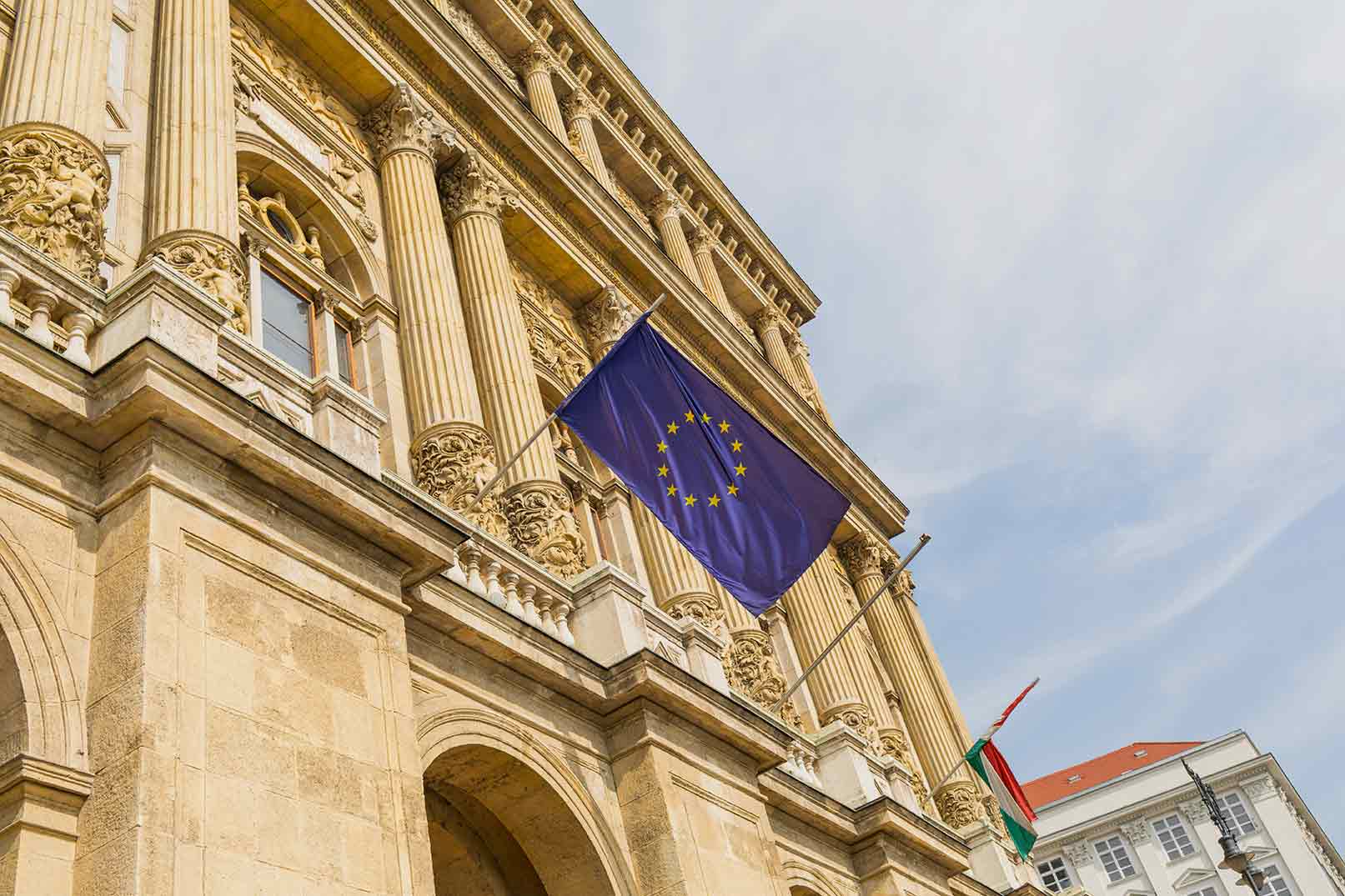
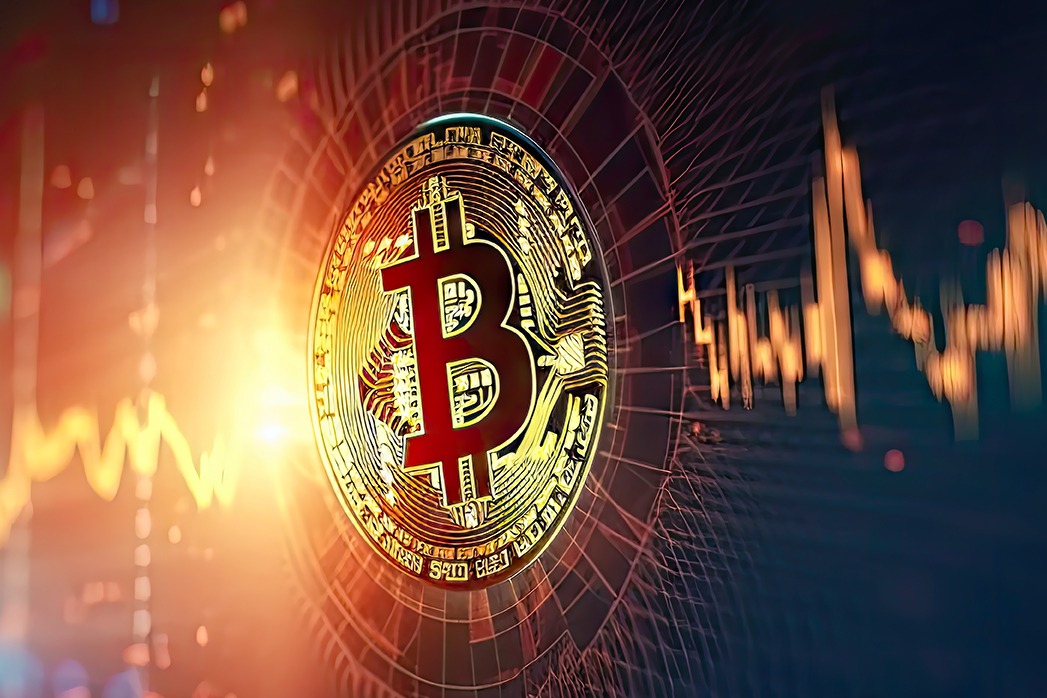

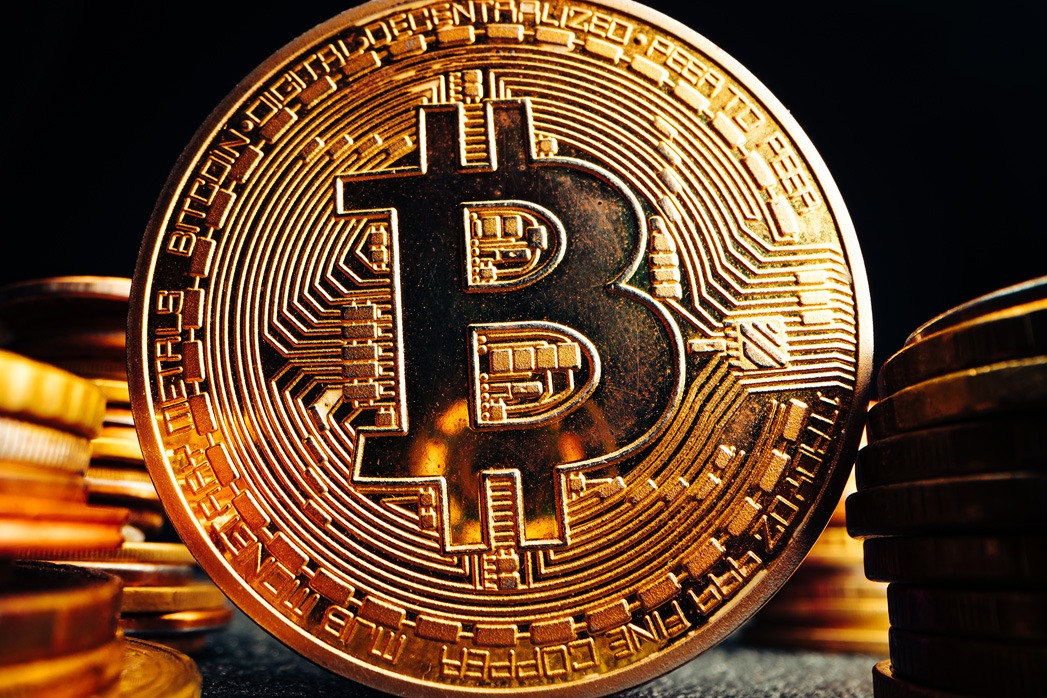
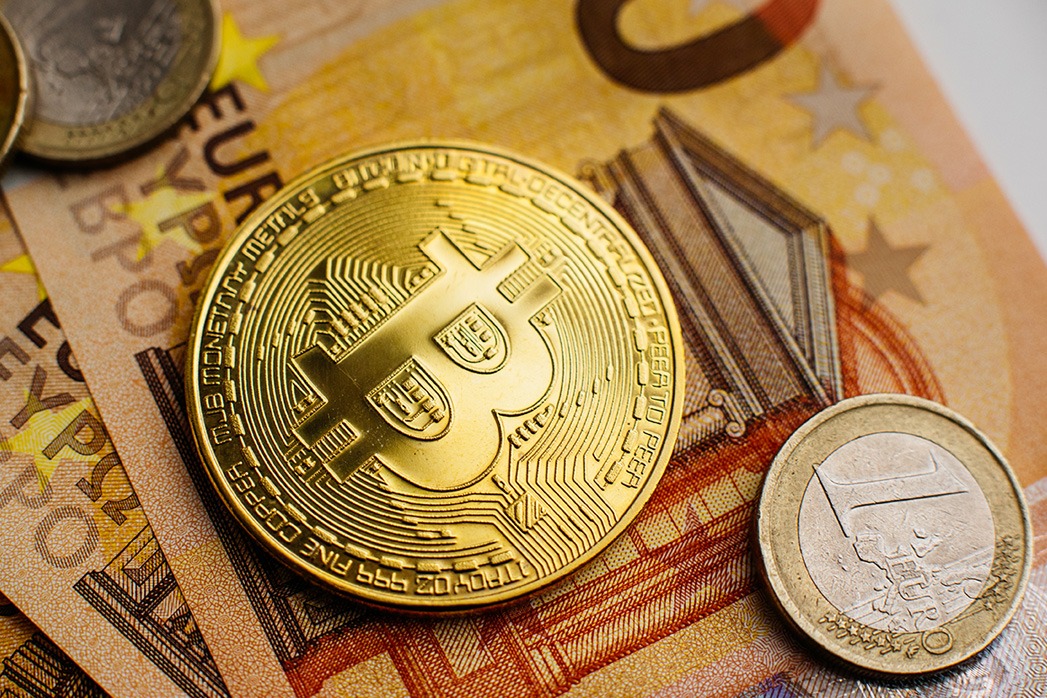
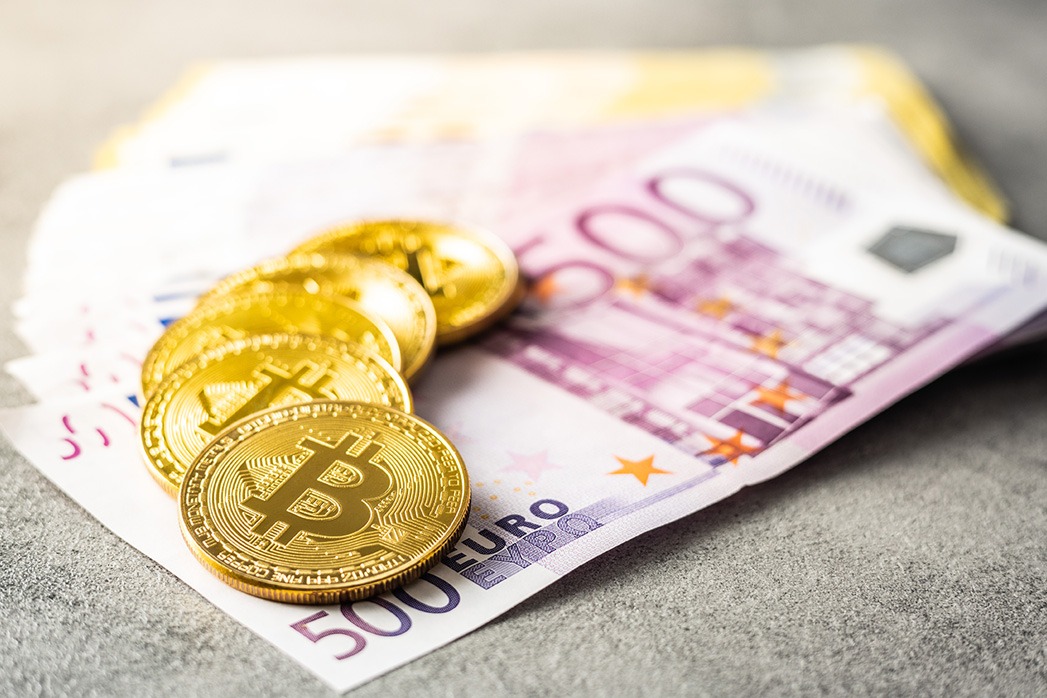
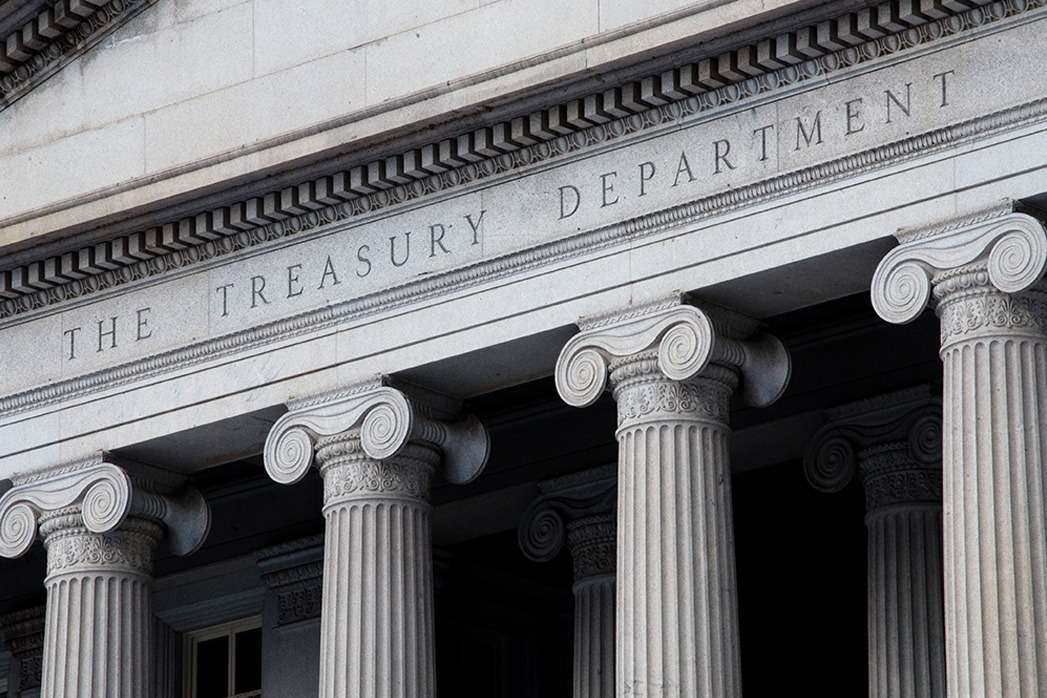
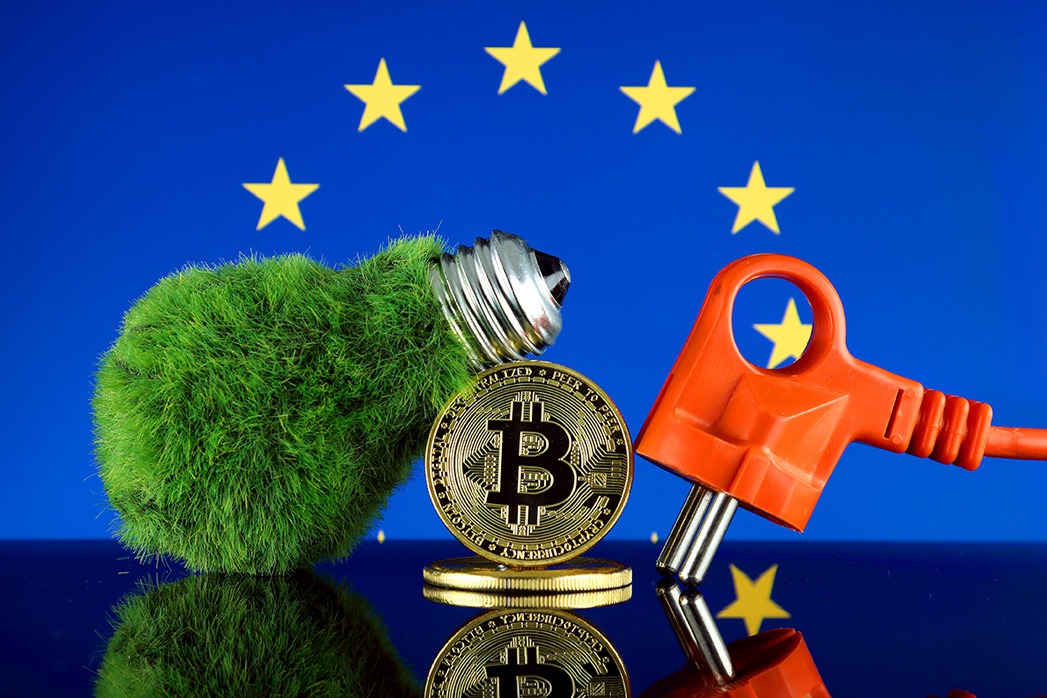
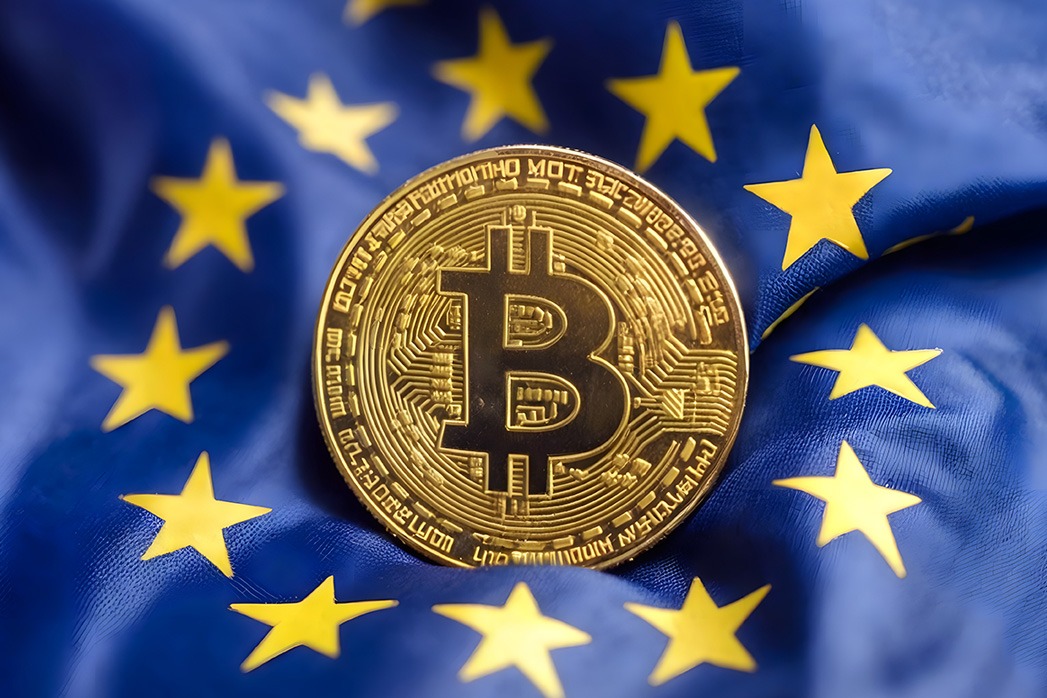

 Telegram
Telegram